Top 10 Most Expensive Airlines in the World
August 26, 2024
—
Aircraft are used by airlines to transport people or freight between different locations, with most companies providing regular service on popular routes and having headquarters or terminals where they operate most of their flights. Airlines vary in size from budget carriers to global giants, competing for passengers by offering competitive prices, enhanced services, and convenient travel options. These companies must adhere to various safety protocols established by federal and international aviation regulators, some of which are privately owned but publicly traded, while others are government-managed.
History of Airlines:
The legacy of airlines dates back to the early 20th century with the advent of aircraft by aviation pioneers like the Wright brothers. Germany saw its first major airline commence passenger and cargo services between destinations in 1909, marking the beginning of modern aviation history.
In 1914, The St. Petersburg-Tampa Airboat Line launched regular airline services in America, marking the start of commercial aviation across Tampa Bay with just a single aircraft.
The 1920s and 1930s saw a surge in the popularity of airlines, propelled by the government-run, single-operator nature of many carriers. Charles Lindbergh’s solo flight across the North Atlantic in 1927 captivated the public as an iconic aviation figure.
World War II in the 1940s significantly impacted the airline industry as it was vital for transporting military personnel and supplies, leading to the development of larger, more advanced aircraft. Post-war, airlines shifted focus to passenger transportation, coinciding with the emergence of jet technology in the 1950s that further revolutionized air travel.
The 1960s and ’70s saw heightened competition in the airline sector, prompting established airlines to relocate their bases and new carriers to emerge. The introduction of computerized reservation and booking systems simplified travel arrangements for passengers and streamlined operations for airlines.
In the 21st century, aviation has witnessed rapid growth driven by technological advancements like smartphone check-in, online booking, and in-flight entertainment. However, events such as the 9/11 attacks and the COVID-19 pandemic have severely disrupted global airline operations and finances, shaping the industry’s trajectory. Nevertheless, aviation continues to play a crucial role in the global economy, connecting people and businesses worldwide.
Types of Airlines:
- Full-service airline
- Low-cost carriers
- Ultra-low-cost carriers
- Regional airlines
- Cargo airlines
- Charter airlines
Environmental Effects Caused by Airlines:
- Aircraft emissions of CO2, nitrous oxide, and other pollutants contribute to global warming by trapping energy in the Greenhouse effect, leading to changing climate patterns.
- Jet engine emissions of small particles and hazardous pollutants have adverse effects on human health and the environment, impacting flora, fauna, and causing respiratory issues and ocean acidification.
- Airplane noise can disrupt nearby communities, affecting residents’ sleep patterns and reducing quality of life for those living close to airports.
- Aviation infrastructure and operations can disturb natural habitats, affecting biodiversity and landscapes.
- The airline industry produces significant waste, including leftover meals and packaging materials, contributing to environmental pollution and landfill overflow.
The Popularity of the Airline:
- Air travel offers fast and convenient long-distance transportation for various purposes such as business, leisure, and others.
- The expansion of airline services to more destinations at lower costs has made commercial flights more accessible globally.
- Globalization and increased trade have led to more people traveling by air for work, training, and other opportunities.
- Technological advancements in aviation have improved flight experiences, making air travel more comfortable and efficient for passengers.
- Airlines heavily promote the benefits of flying through extensive advertising campaigns while highlighting their services to attract passengers.
Some Notable Trends:
- Airlines are increasingly focusing on environmental sustainability by investing in fuel-efficient flights, eco-friendly fuels, and waste management initiatives due to rising awareness of climate change.
- Technological innovations such as smartphone check-in and in-flight entertainment systems are enhancing passenger experiences.
- Personalized customer experiences are being achieved through data analysis, offering tailored services and recommendations based on individual preferences.
- Implementing new safety measures like enhanced cleaning procedures and contactless processes due to the COVID-19 pandemic underscores the importance of passenger well-being during air travel.
- Airlines are prioritizing passenger comfort by offering amenities like lie-flat seats, improved cabin air quality, and healthier food options.
- Environmental responsibility has become a key focus for airlines in their daily operations.
Why Airlines are Expensive?
- The operating costs of airlines, comprising fuel, maintenance, labor, and landing fees, influence ticket prices, especially in regions with limited competition allowing for higher pricing.
- During peak demand periods such as holidays, ticket prices may escalate due to increased competition.
- Prices can rise in response to high demand for specific destinations or during busy travel seasons.
- Government-imposed charges and taxes on air travel can contribute to higher ticket costs.
- Airlines may charge extra for services like baggage handling, priority boarding, and onboard refreshments, leading to increased travel costs.
- Additional amenities such as luggage management, seat selection, and in-flight refreshments can incur added expenses for passengers.
- Distance is a factor in determining ticket prices, with longer flights generally costing more.
Mentioned Below are the World’s Top 10 Most Expensive Airlines
- Etihad Airlines
- Lufthansa
- Singapore Airlines
- Cathay Pacific Airlines
- Emirates
- Qatar
- British Airlines
- Air France
- Korean Air
- Virgin Atlantic
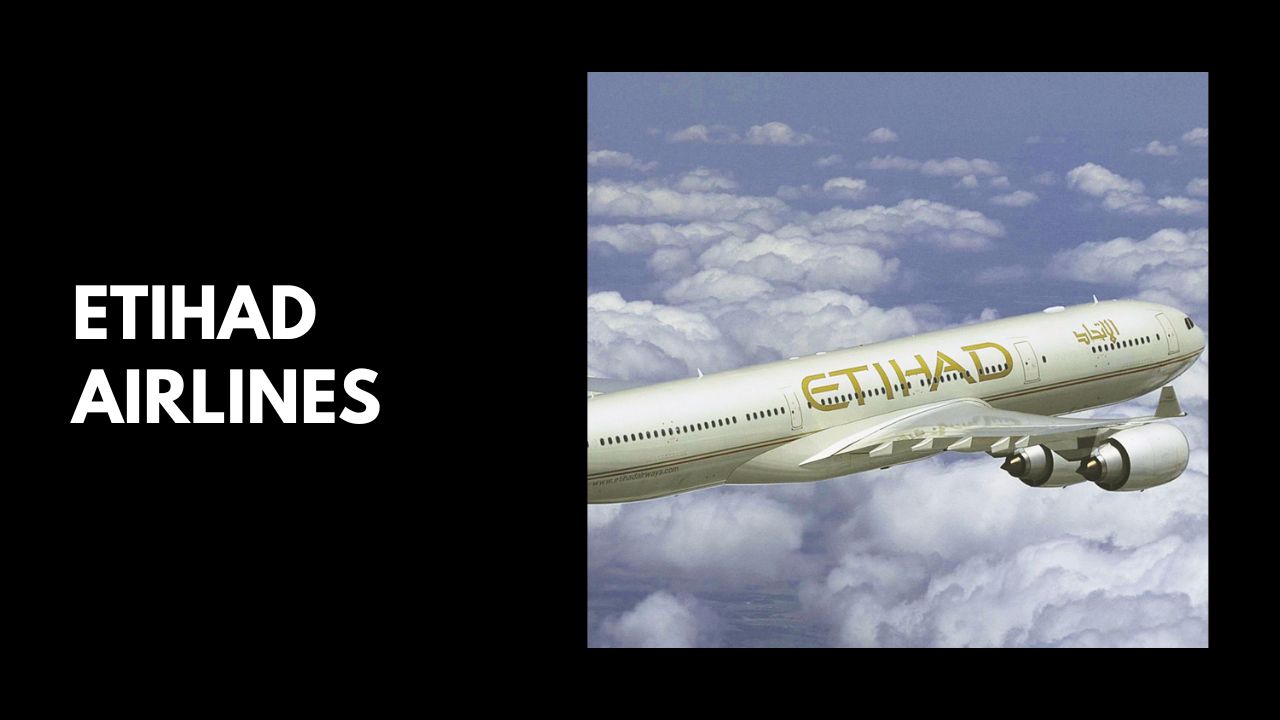
Being hailed as the world’s premier airline is a title Etihad Airlines has earned due to its luxurious suites on board, offering amenities beyond the reach even of the wealthiest travelers. Exclusive lounge access, personalized check-in service, and chauffeur service to and from the airport await customers purchasing the most expensive airline tickets. In select cases, customers may even opt for a 175 square foot personal accommodation that includes a parlor space, a bathtub-equipped bathroom, and a dormitory for two individuals. The seating area consists of a sofa, a 32-inch television screen, dual dining tables, an ultrawide TV in the dormitory, and full amenities in the adjacent bathroom. Additionally, customers can customize their pre-flight meal by choosing from the available selection of snacks!
It’s worth noting that Etihad Airways does not offer a residence room on all flights it operates, with Ten Airbus A380s featuring various versions of The Residence among the 113 aircraft in its fleet.
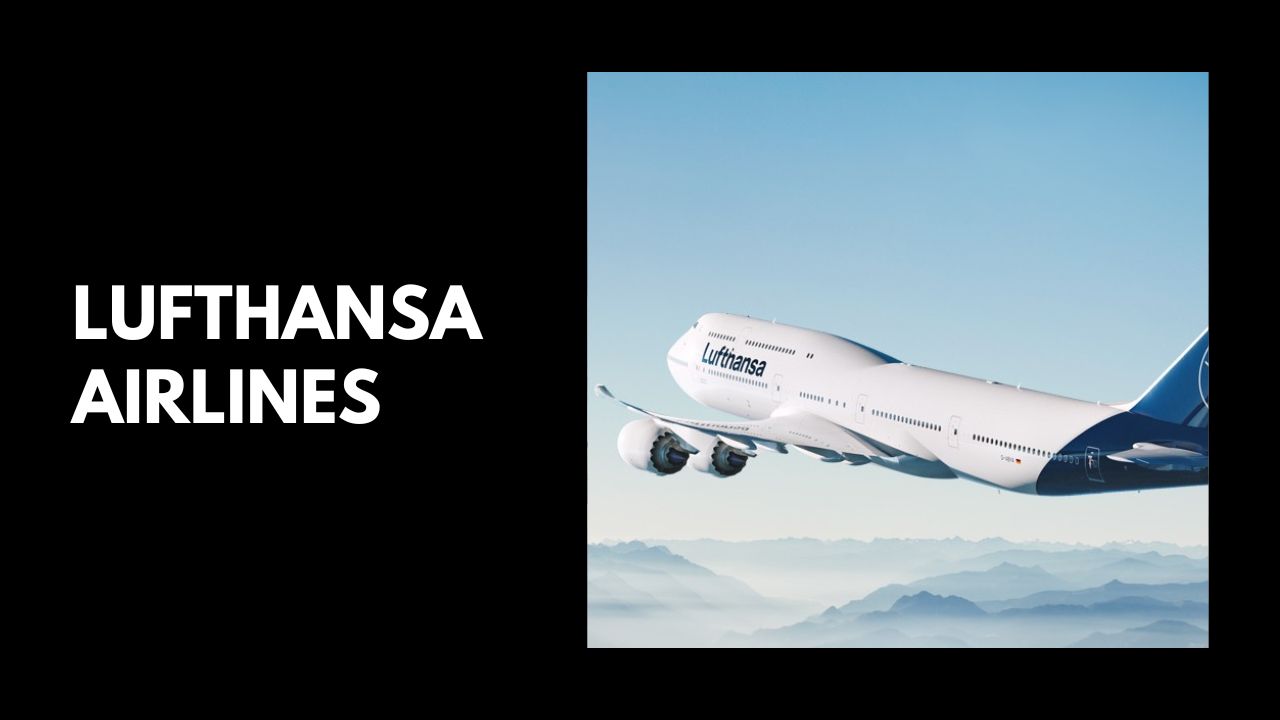
While Lufthansa Airlines may lean towards the costlier side of airline choices, they deliver exceptional value for premium customers with their first-class cabins and rooms available on most long-haul flights. Covering 200 destinations with a fleet of 293 aircraft, Lufthansa Airlines assures you that the higher price tag is well justified.
Expect spacious seats that convert into two-meter-long beds, power outlets, and in-flight entertainment options on premium carriers. Passengers indulge in delightful meals with an extensive wine selection. Furthermore, the most luxurious airlines grant access to Cordially Invited club amenities and lounges in Munich and Frankfurt.
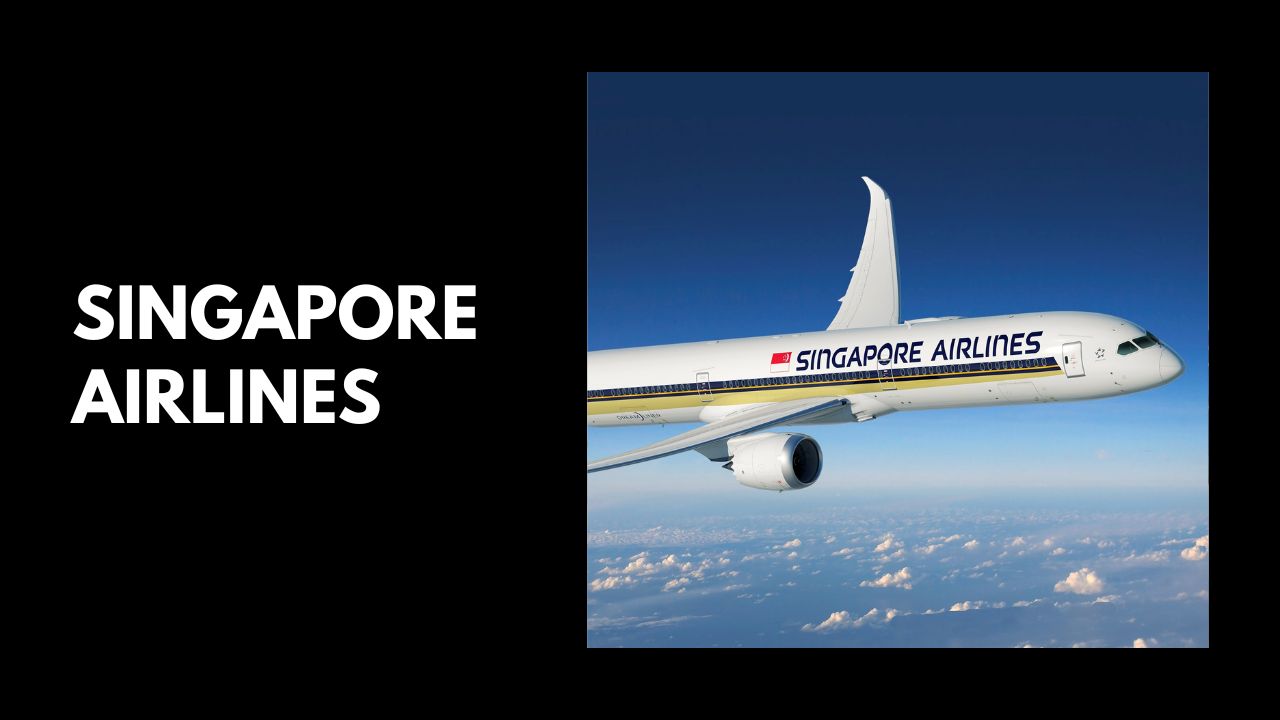
Singapore Airlines, a top-tier airline globally, is renowned for its luxurious flying experience. Crowned with the 2018 Skytrax Global Airline Awards Carrier of the Year title, this high-revenue aircraft of hundreds of millions is the preferred choice for those seeking an exclusive travel experience. Serving 62 destinations in 32 countries across five continents, Singapore Airlines Suites offer private spaces with leather seats, a front-panel-mounted LED display, a 78-inch bed, and blackout blinds. Six studios are available, each equipped with a lie-flat bed, a cinema display within the structure, a cushioned leather chair, a touchscreen for shade and lighting control, and an integrated personal closet inclusive of a customized amenity kit and power strip. Premium flights present passengers with a variety of culinary options from Singapore Airlines’ extensive Book of the Chef menu. Should passengers decide to invest in these premium seats, a lavish journey in opulent settings is guaranteed.
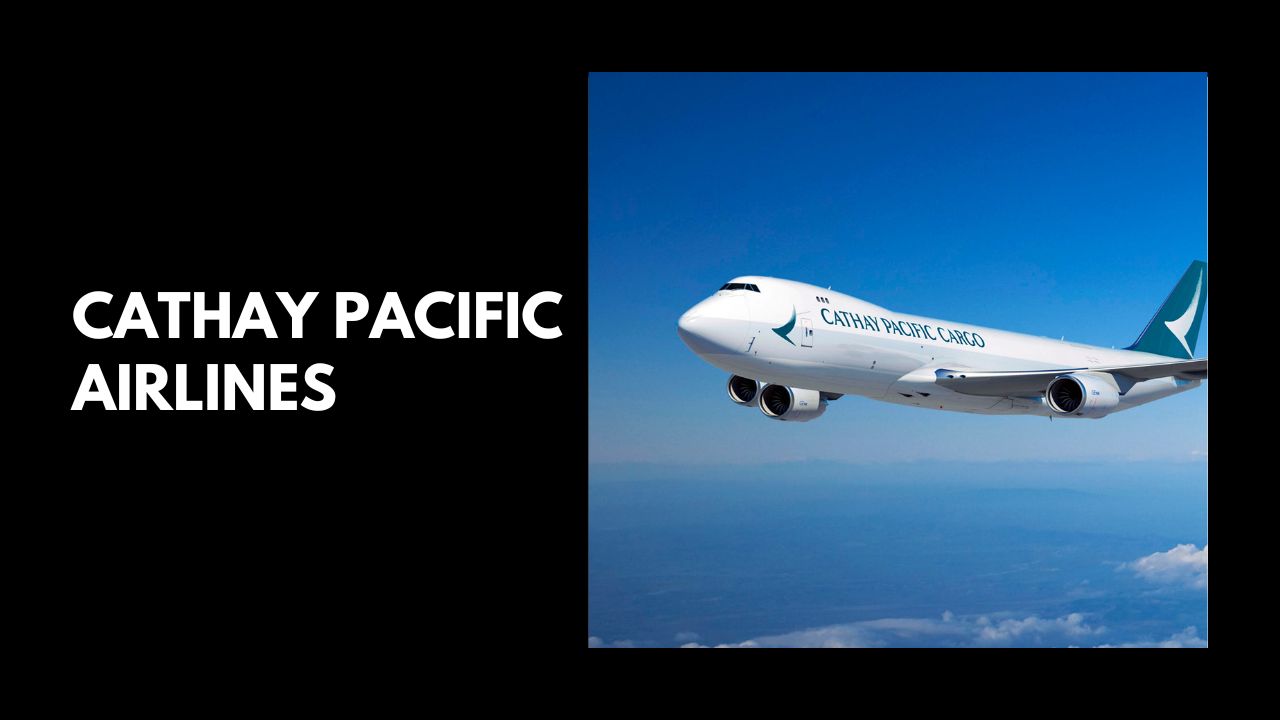
Venturing into a world of lavish tastes and settings, Cathay Pacific Airways exudes luxury with custom artworks adorning its suites to create a regal ambiance. Travelers onboard this Hong Kong-based airline are treated to an art gallery-esque experience. Despite being among the top 10 most expensive international airlines multiple times and holding the title of World’s Best Flight, Cathay Pacific Airways offers an impressive array of in-flight meals that cater to various palates. Stepping into the passenger compartment mid-flight, one feels spaciousness with ample room to relax and rejuvenate during the journey. Additionally, amenities like international beverages, flat-screen TVs, and cozy beds enhance the pleasure of the in-flight experience.
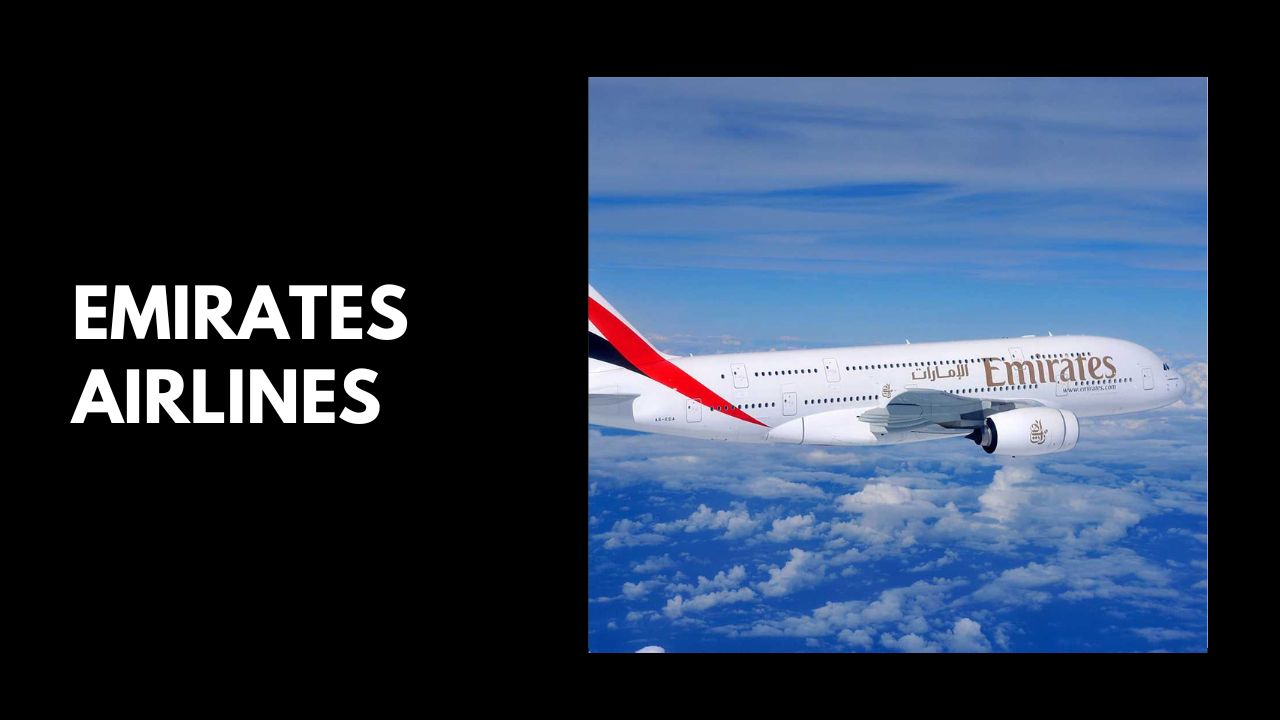
Emirates Airlines is dedicated to ensuring each customer’s journey is one they’ll reminisce long after touching down. Meticulously crafted integrated suites are designed with thoughtful details to deliver impeccable care while traveling, cementing their status in the airline industry.
Renowned for offering cutting-edge products and amenities at a premium price, Emirates Airlines ranks among the most expensive carriers. Within a 70-mile radius of their airport terminal, travelers are chauffeured in a BMW vehicle featuring a luxurious leather interior and enabled devices. The package includes accommodations in luxurious lounges and the option to embark and disembark with exclusivity.
CarriersEnhance your tourist experience with luxurious flights offering a 40-square-foot special residence in the cabin and an open bar stocked with water, wine, and sodas. Indulge in three-course dinners, unlimited drinks, and nibbles for an unparalleled restaurant experience. Convert zero gravity couches into beds for rest, and enjoy an onboard sauna and jacuzzi for added luxury.
Qatar Airlines has elevated its reputation as one of the 10 most expensive global airlines, with 228 aircraft operating from 172 locations worldwide. Guests are valued with an enrichment package featuring Giorgio Armani products and access to a post-flight relaxation lounge. The airline ensures attention to every detail for the best services and technologies for customers’ satisfaction, offering ample space and various entertainment options onboard.
British Airways radiates heritage and grandeur as the national airline of the UK, with 276 aircraft serving 123 locations. Despite being one of the costliest carriers, passengers appreciate its luxurious first-class suites and lavish decor, making every detail significant.
Air France’s onboard cuisine, crafted by Chef Guy Martin, is praised across Europe, and guests can enjoy multilingual programming, publications, songs, and Wi-Fi connectivity inflight. The airline offers travel accessories and skincare products, adding to the delightful experience.
Korean Air, South Korea’s national airline, operates 170 aircraft to 150 destinations, ranking among the 10 most expensive airlines globally. First-class passengers can enjoy gourmet cuisine, wines, Bose headsets, grooming packages, and in-flight luxuries like pyjamas and sandals for a luxurious flight experience.
Virgin Atlantic Airways, a British airline, operates 46 aircraft to 33 global destinations, providing luxurious environments to passengers willing to pay premium fares. Onboard amenities include spa services, in-flight manicures, convertible chairs for sleeping, on-demand media, and chauffeured vehicle services, complemented by nine bars and ten clubs within the airline.
In conclusion, aviation has evolved significantly over centuries, revolutionizing travel and communication globally. Technological advancements and globalization have made air travel more convenient and economical, catering to the preferences of millions worldwide. Despite challenges like environmental impact and security concerns, airlines prioritize creativity, efficiency, and customer satisfaction to meet evolving standards. The aviation sector will continue to innovate and grow, playing a vital role in international travel, business, and societal well-being, despite its imperfections.
Benefits of our services include:
What information is required by an airline?
When booking a flight, enter all relevant information including full name, birthdate, email address and phone number. All passengers under eighteen or those being carried in lap must be declared.
What services does an airline provide?
An airline is a business that provides flight services for people and/or cargo. They utilize planes to perform these operations or may partner with other airlines in a code-share arrangement to fly the same route simultaneously.
Which airline is the largest?
American Airlines is currently the biggest airline worldwide based on fleet size, total customers carried annually and income per passenger mile as of June 2022.
What best describes the aviation sector?
Air transport and all related operations fall under this industry umbrella, including all aspects of flight operations as well as support functions like maintenance and repairs on aircraft, research institutions and military aircraft – to name a few. Thus, aviation encompasses not only flight operations but also aircraft manufacture, research institutions and maintenance shops alike.
Top 10 Most Expensive Airlines in the World
Data is from 2023 and 2024 and forecast data is for 2025 and 2026. We also expand the forecast data to 2027 and 2028.
——
REFERENCES:
This information was taken from various sources around the world, including these countries:
Australia, Canada, USA, UK, UAE, India, Pakistan, Philippines, Indonesia, Nigeria, Tanzania, Kenya, US, United Kingdom, United States of America, Malaysia, U.S., South Africa, New Zealand, Turkey, United Arab Emirates.
Afghanistan, Albania, Algeria, American Samoa, Andorra, Angola, Anguilla, Antarctica, Antigua and Barbuda, Argentina, Armenia, Aruba, Australia, Austria, Azerbaijan.
Bahamas, Bahrain, Bangladesh, Barbados, Belarus, Belgium, Belize, Benin, Bermuda, Bhutan, Bolivia, Bosnia and Herzegovina, Botswana, Bouvet Island, Brazil, British Indian Ocean Territory, Brunei Darussalam, Bulgaria, Burkina Faso, Burundi.
Cambodia, Cameroon, Canada, Cape Verde, Cayman Islands, Central African Republic, Chad, Chile, China, Christmas Island, Cocos (Keeling Islands), Colombia, Comoros, Congo, Cook Islands, Costa Rica, Cote D’Ivoire (Ivory Coast), Croatia (Hrvatska), Cuba, Cyprus, Czech Republic.
Denmark, Djibouti, Dominica, Dominican Republic, East Timor, Ecuador, Egypt, El Salvador, Equatorial Guinea, Eritrea, Estonia, Ethiopia, Falkland Islands (Malvinas), Faroe Islands, Fiji, Finland, France, Metropolitan, French Guiana, French Polynesia, French Southern Territories.
Gabon, Gambia, Georgia, Germany, Ghana, Gibraltar, Greece, Greenland, Grenada, Guadeloupe, Guam, Guatemala, Guinea, Guinea-Bissau, Guyana, Haiti, Heard and McDonald Islands, Honduras, Hong Kong, Hungary, Iceland, India, Indonesia, Iran, Iraq, Ireland, Israel, Italy.
Jamaica, Japan, Jordan, Kazakhstan, Kenya, Kiribati, North Korea, South Korea, Kuwait, Kyrgyzstan, Laos, Latvia, Lebanon, Lesotho, Liberia, Libya, Liechtenstein, Lithuania, Luxembourg.
Macau, Macedonia, Madagascar, Malawi, Malaysia, Maldives, Mali, Malta, Marshall Islands, Martinique, Mauritania, Mauritius, Mayotte, Mexico, Micronesia, Moldova, Monaco, Mongolia, Montserrat, Morocco, Mozambique, Myanmar.
Namibia, Nauru, Nepal, Netherlands, Netherlands Antilles, New Caledonia, New Zealand (NZ), Nicaragua, Niger, Nigeria, Niue, Norfolk Island, Northern Mariana Islands, Norway.
Oman, Pakistan, Palau, Panama, Papua New Guinea, Paraguay, Peru, Philippines, Pitcairn, Poland, Portugal, Puerto Rico, Qatar, Reunion, Romania, Russia, Rwanda, Saint Kitts and Nevis, Saint Lucia, Saint Vincent and The Grenadines, Samoa, San Marino, Sao Tome and Principe.
Saudi Arabia, Senegal, Serbia, Seychelles, Sierra Leone, Singapore, Slovakia, Slovenia, Solomon Islands, Somalia, South Africa, South Georgia and South Sandwich Islands, Spain, Sri Lanka, St. Helena, St. Pierre and Miquelon, Sudan, Suriname, Svalbard and Jan Mayen Islands, Swaziland, Sweden, Switzerland, Syria.
Taiwan, Tajikistan, Tanzania, Thailand, Togo, Tokelau, Tonga, Trinidad and Tobago, Tunisia, Turkey, Turkmenistan, Turks and Caicos Islands, Tuvalu, Uganda, Ukraine, United Arab Emirates (UAE), UK (United Kingdom), USA (United States of America, U.S.), US Minor Outlying Islands.
Uruguay, Uzbekistan, Vanuatu, Vatican City State (Holy See), Venezuela, Vietnam, Virgin Islands (British), Virgin Islands (US), Wallis and Futuna Islands, Western Sahara, Yemen, Yugoslavia, Zaire, Zambia, Zimbabwe.
Top 10 Most Expensive Airlines in the World
August 26, 2024

